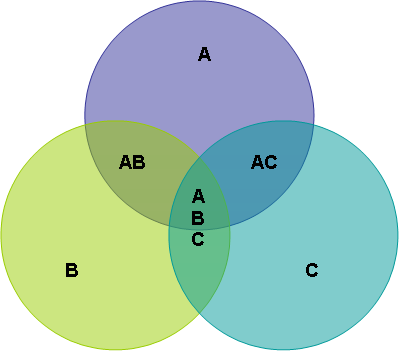Report structure
The specific sections and headings of a report depend on the type of report: business report; lab report. However, the discussion section of any report can be organised according to several structural formats: flat, hierarchical, general-specific, and relationship structures. You should select a structure that will most effectively demonstrate your organisation and examination of relevant issues. You might also want to ask your lecturer or course coordinator what would be the most appropriate report structure.
This involves organising issues of relatively equal importance, or when there is no need to consider how issues appear in relation to other issues in terms of whether they are more or less important.
Discussion
- Issue A
- Issue B
- Issue C
- Issue D
This structure is organised around issues in order of importance, with the most significant issue first.
Discussion
- Most important issue
- 2nd most important issue
- 3rd most important issue
In this structural pattern, a general issue is divided into several specific issues.
Discussion
- General issue
- Specific issue A
- Specific issue B
- Specific issue C
In this type of structure, each issue is related to another issue. These relationships or intersections may inform sub-sections within the report discussion.
Example A

Discussion
- Main Issues
- Issue A
- Issue B
- Issue C
- Relationships
- Relationship between A and B
- Relationship between B and C
- Relationship between C and A
Example B
This structure of intersecting circles involves similar connections already identified in the previous structure. In contrast, though, this pattern is focused more on the new structures and ideas emerging from the intersection points between two and three components (i.e. A, B, and C), rather than concentrating solely on the interconnections between existing components.

Discussion
- Main issues
- Issue A
- Issue B
- Issue C
- New and emerging issues
- A and B
- A and C
- A, B, and C
